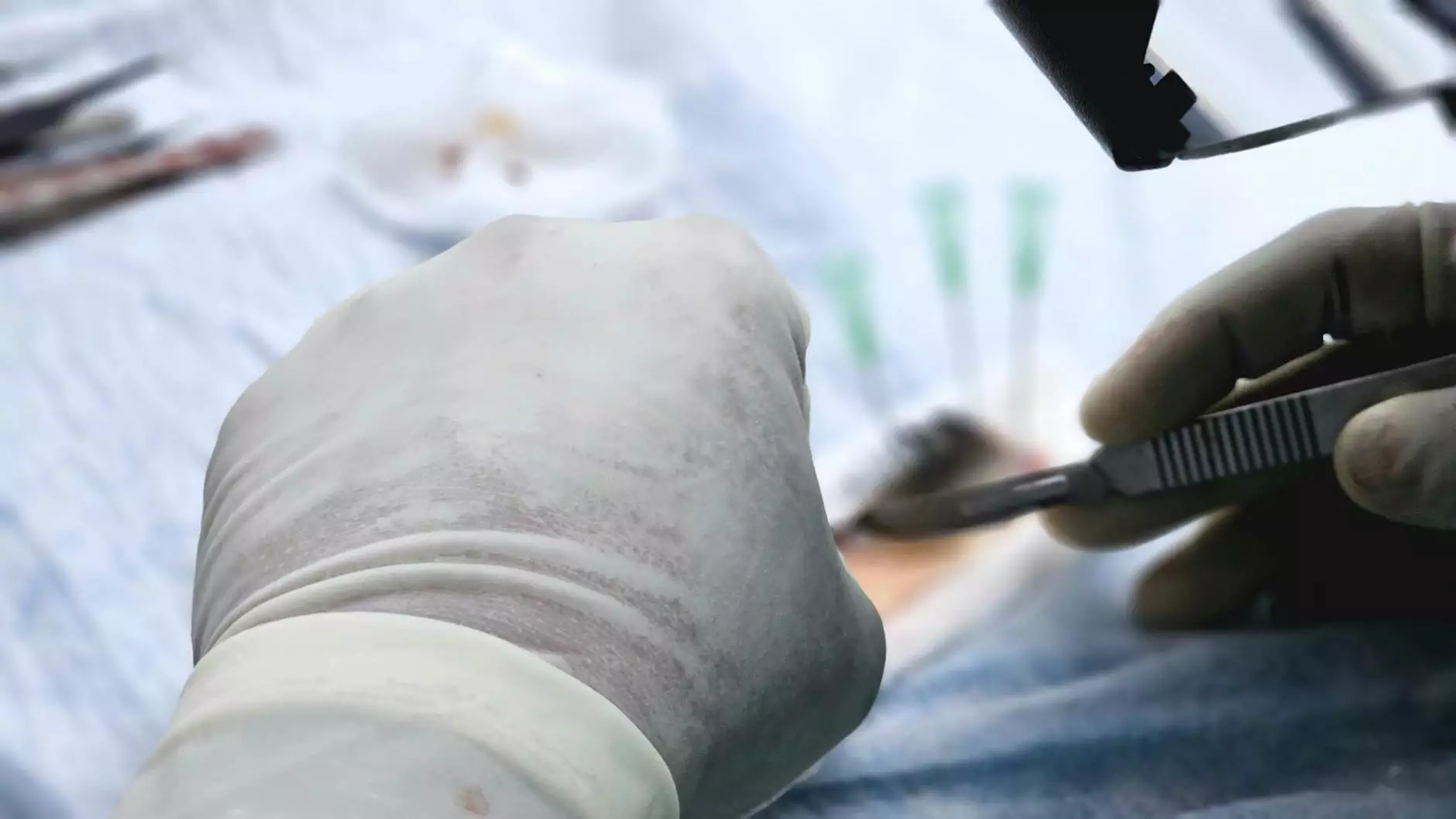Laparoscopic Excision Surgery for Endometriosis: An In-Depth Guide

Endometriosis is a chronic and often painful condition that affects millions of women worldwide. It occurs when tissue similar to the lining inside the uterus, known as the endometrium, starts to grow outside the uterus. This can lead to severe pain, especially during menstruation, as well as complications such as infertility. One of the most effective treatments for endometriosis is laparoscopic excision surgery, a minimally invasive surgical procedure that offers significant relief and improved quality of life for many sufferers.
Understanding Endometriosis
Before diving into the surgical options, it’s crucial to understand what endometriosis is and how it affects the body. Endometriosis can be classified into various stages based on the extent of the disease:
- Stage I: Minimal endometriosis; small patches of tissue.
- Stage II: Mild endometriosis; some deeper implants.
- Stage III: Moderate endometriosis; significant lesions and adhesions.
- Stage IV: Severe endometriosis; extensive lesions and significant adhesions.
Symptoms can vary significantly among individuals and may include chronic pelvic pain, painful periods, pain during intercourse, and heavy menstruation. While the exact cause of endometriosis is still not fully understood, factors such as genetics, immune system disorders, and hormonal imbalances may play a role.
Laparoscopic Excision Surgery: What to Expect
Laparoscopic excision surgery is a surgical method that allows doctors to remove endometriosis lesions while preserving healthy tissue. This procedure is often recommended for women who have been unsuccessful in managing their symptoms through medication or lifestyle changes. Here’s what you can expect:
Preparation for Surgery
Prior to the surgery, your doctor will conduct a thorough evaluation. This may include:
- Physical examinations
- Pelvic ultrasounds
- MRI scans
- Hormonal assessments
Your doctor will explain the procedure in detail and discuss potential risks and benefits. It’s vital to ask any questions and express any concerns you may have.
The Surgical Procedure
The procedure typically involves the following steps:
- Anesthesia: You will be administered general anesthesia to ensure you are comfortable and pain-free during the surgery.
- Incision: Your surgeon will make small incisions in your abdomen to insert a laparoscope—a thin tube with a camera—allowing them to see inside your pelvic cavity.
- Excision: The surgeon will locate and remove the endometrial tissue with specialized instruments. This can include cutting away lesions and scar tissue.
- Closure: The incisions will be closed using sutures or surgical tape, and you will be monitored as you wake from the anesthesia.
The Advantages of Laparoscopic Excision Surgery
There are numerous benefits associated with laparoscopic excision surgery for endometriosis, including:
- Minimally Invasive: Smaller incisions mean less pain and quicker recovery times.
- Reduced Adhesions: The precision of laparoscopic techniques tends to result in fewer complications related to adhesions.
- Improved Fertility: Removing endometrial lesions may enhance a woman’s chances of conception.
- Lasting Pain Relief: Many patients experience significant pain reduction, allowing them to return to daily activities sooner.
- Shorter Hospital Stay: Most patients can go home the same day or after a short overnight stay.
Recovery After Laparoscopic Excision Surgery
Recovery times can vary by individual, but most patients can return to their normal activities within a week or two. Here are some common post-operative care tips:
- Rest: Allow your body time to heal; listen to your surgeon's advice on activity levels.
- Pain Management: Over-the-counter pain medication may help alleviate discomfort, but follow your doctor's recommendations.
- Follow-Up Appointments: Regular check-ups with your doctor are important to monitor healing.
- Nutrition: Maintain a healthy diet to support your recovery.
Long-Term Outlook and Future Management
While laparoscopic excision surgery can significantly improve symptoms and quality of life, it is essential to recognize that endometriosis is a chronic condition. Therefore, continuous management may be necessary. Options include:
- Hormonal Therapies: Birth control pills, hormonal IUDs, or GnRH agonists may help manage symptoms.
- Physical Therapy: Pelvic floor physical therapy can provide additional relief from pelvic pain.
- Support Groups: Connecting with others facing similar challenges can provide emotional support.
Consulting with Specialists
It’s important to choose a qualified specialist for laparoscopic excision surgery. At Dr. Seckin’s Practice, our team of experienced obstetricians and gynecologists is dedicated to providing compassionate, individualized care. With years of experience in treating endometriosis, we emphasize a collaborative approach to create a treatment plan tailored to your unique needs.
Conclusion
In summary, laparoscopic excision surgery for endometriosis represents a promising option for women seeking relief from painful symptoms of this challenging condition. Through this minimally invasive procedure, patients gain hope for a brighter and more manageable future. If you or someone you know is struggling with endometriosis, we encourage you to explore this treatment option and consult with a healthcare professional who specializes in endometriosis treatment.
For more information about laparoscopic excision surgery and to schedule a consultation, visit drseckin.com.
laparoscopic excision surgery endometriosis








